Community Connections
Capturing the spirit of those who step up
Content warning: This article discusses the Black Summer 2019-2020 bushfires, and bushfires in general, which some may find confronting. For crisis support, call Lifeline on 13 11 14 or Beyond Blue on 1300 224 636.
For first responders and their family members impacted by the Black Summer bushfires, Fortem Australia provides a range of services and can be reached at 1300 33 95 94.
For communities across Australia, the Black Summer bushfires left an indelible mark – not least for the volunteer fire fighters who showed up to the frontlines every day.
In late 2021, the ACT Volunteer Brigades Association (ACTBVA) released Ablaze. The Long, Hot Summer of 2019-2020, a chronicle of camaraderie in the face of catastrophe.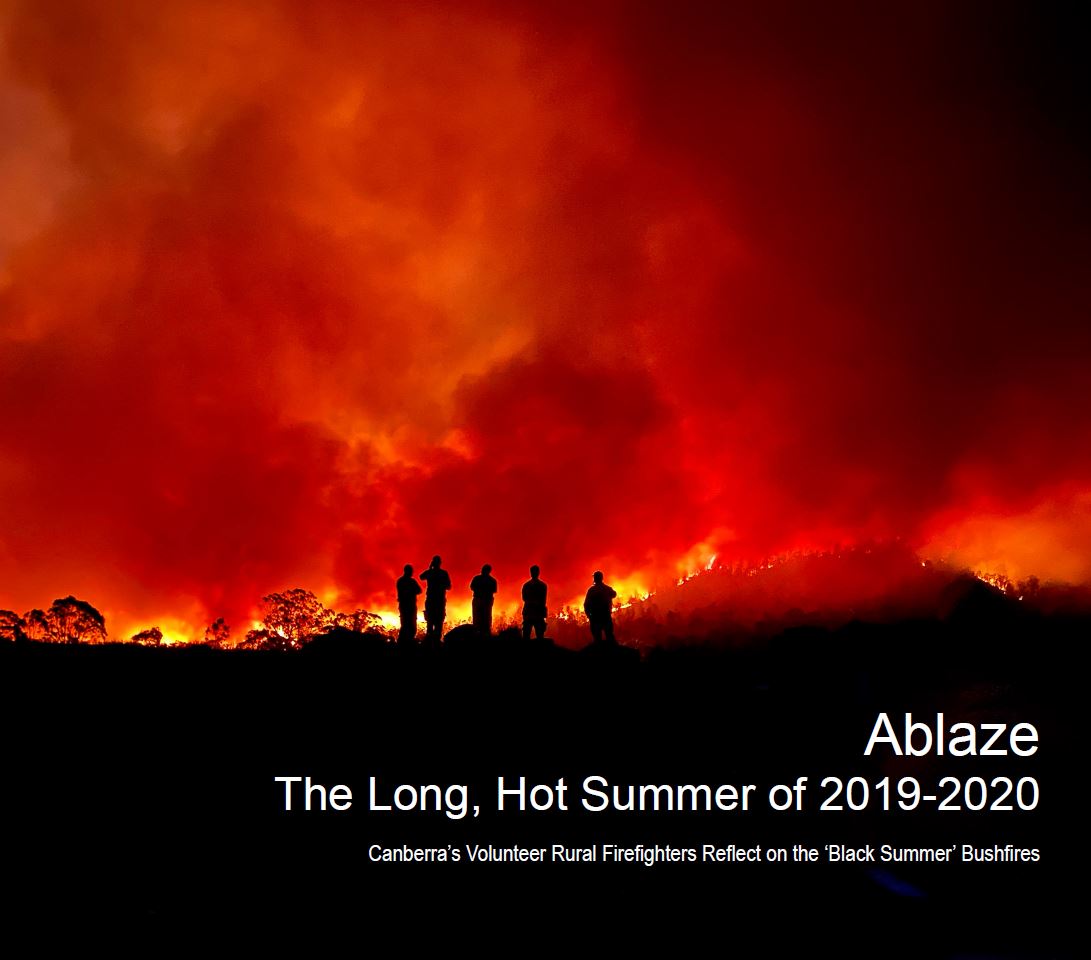
The photo journal captures the experiences of volunteer fire fighters who deployed across the country’s eastern seaboard between September 2019 and February 2020, as well as the contributions of other first responders.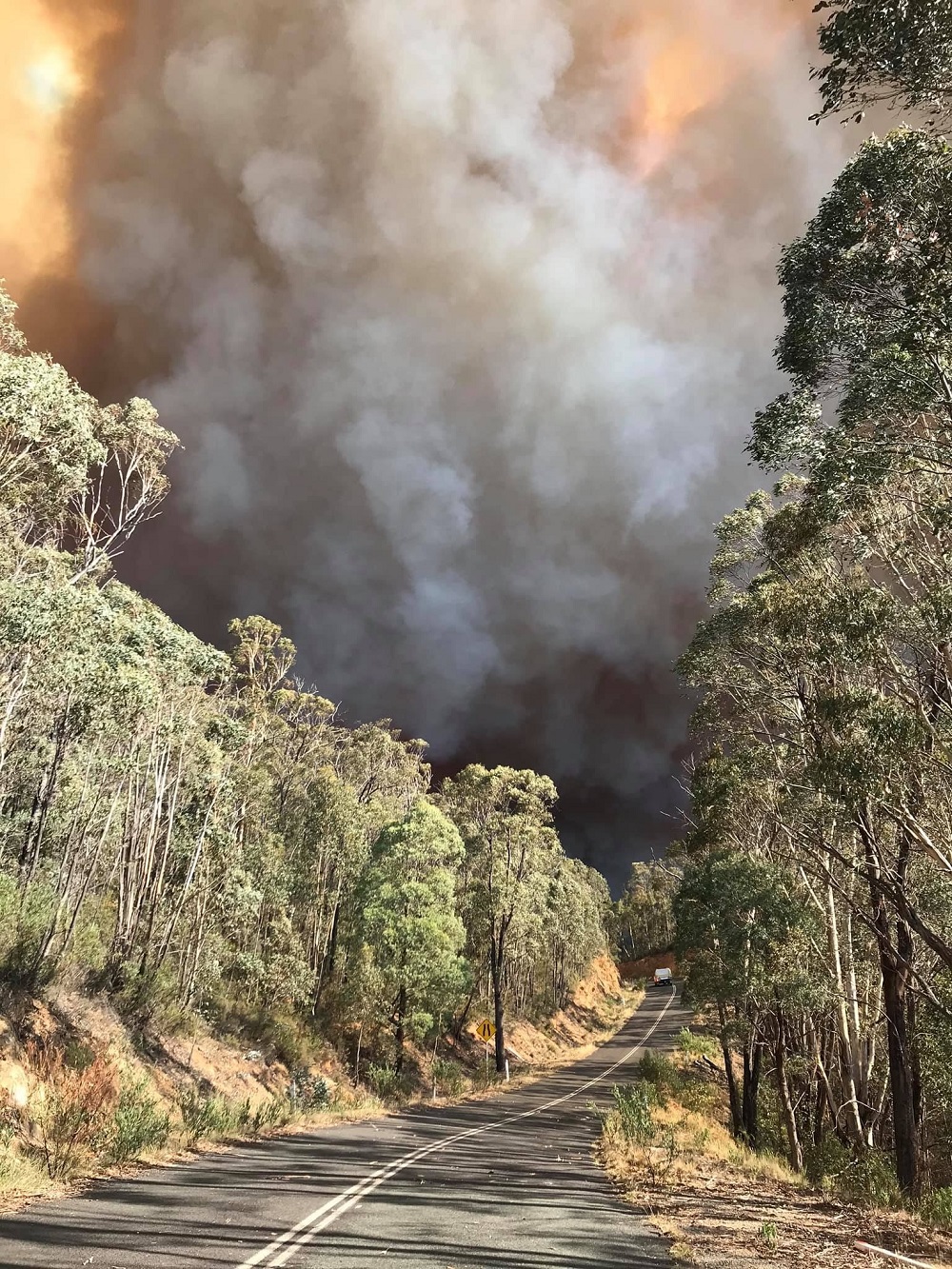
Nominated as a finalist at the 2021 Resilient Australia Awards, Ablaze’s first print run was a limited edition of 800, with orders now being taken for a second print run; all proceeds go to the ACTBVA to support volunteers.
“The second edition will have a few extra photos, including some from a volunteer who missed the earlier photo deadline because he was working as a nurse in Afghanistan,” says Allison Ballard, the President of the ACTBVA and an Adjunct Assistant Professor at the University of Canberra.
Allison joins fellow fire fighters and UC community members Martin Greenwood and Katie Tabke in sharing their stories of the Black Summer, and of what it’s like to be a volunteer.
Dr Allison Ballard
Adjunct Assistant Professor, UC
President, ACT Volunteer Brigades Association (ACTVBA)
For Allison, being part of Ablaze’s four-person editorial committee was a way to do something for the volunteer fire fighters who continuously put themselves out there for the community.
Few seasons have demanded as much of them as the Black Summer.
“We had such a long and intense fire season,” Allison says. “Then came the hailstorms that hit Canberra in January 2020, and the COVID-19 pandemic – it was one thing after another, so the volunteers were unable to do their normal post-season debriefing.”
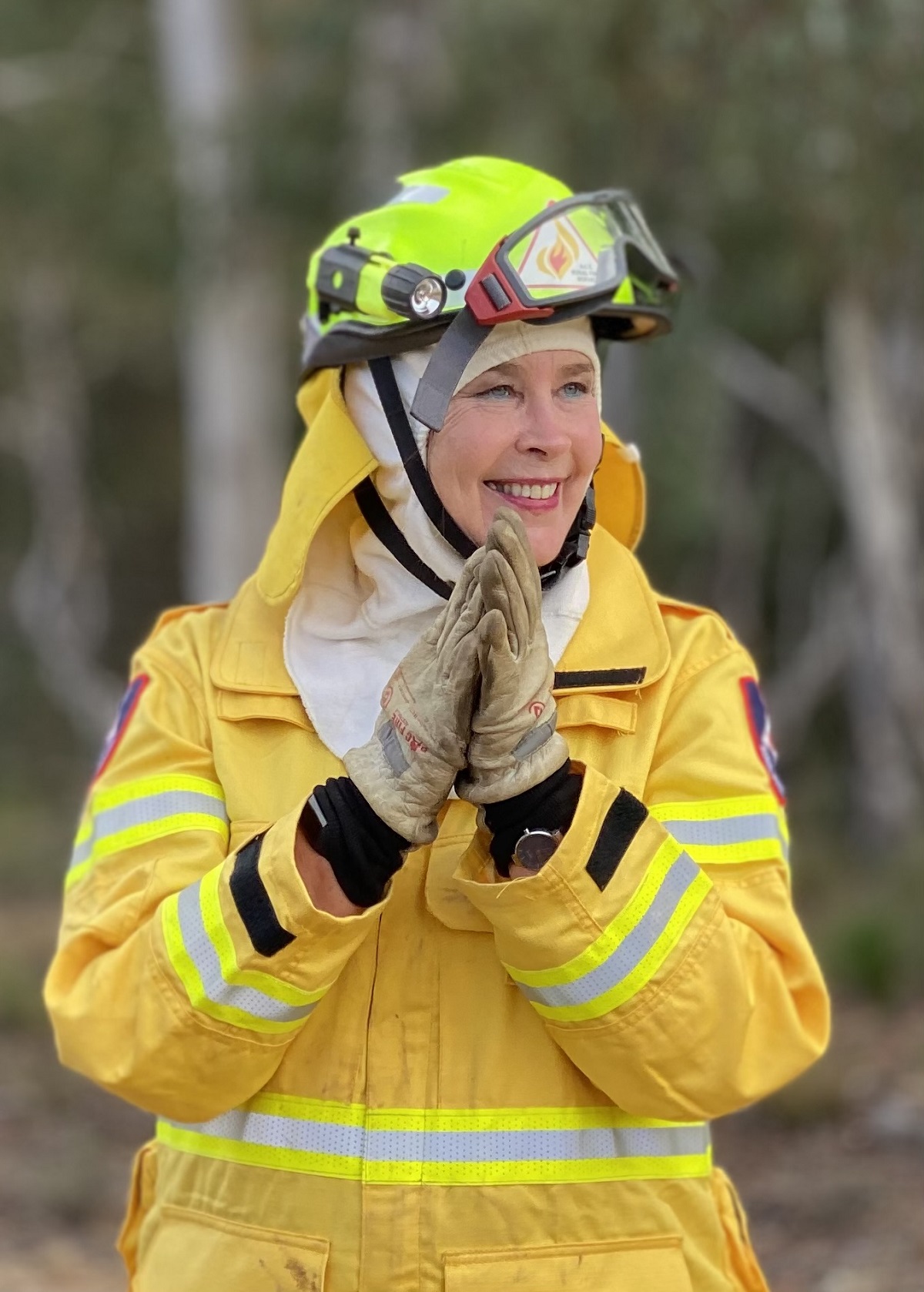
Matt Dutkiewicz, ACTVBA Vice President and a fire fighter with the Rivers Brigade, mooted the idea of the book as an alternative way to debrief.
“We went out to our members, and asked all who were active that season to send in their photos,” Allison says.
They received over 5,000, selecting the ones that best told the story of the season.
“I think we spent thousands of hours sorting through them – and it was all worth it. The book helps to provide a lot of insight, when our volunteers sit down now to talk about their experiences with families and friends – or even the employers who gave them time off,” Allison says.
“We also sent the books to Canada and the United States, which both sent fire fighters to help us, and to those who helped in the bushfire recovery, such as Tharwa Valley Forge, Corin Forest Mountain Resort, and Slabs for Heroes.”
As a full-time academic, Allison was teaching throughout the Black Summer. “I was limited to weekend and night shifts because of my teaching load,” she says. “I managed to get to the North Black Range fire. Mostly though I was on standby at the shed patrolling locally to look for spot fires. It was amazing, seeing so many volunteers pulling together to support our communities.”
Allison says that Ablaze is a true representation of the impact dedicated volunteers can make.
In her own remarkable career, she has worked across emergency services in Australia – in addition to her volunteer roles with the ACTVBA and the ACT Rural Fire Service (ACT RFS), she was once a constable with the Australian Federal Police, and later an intensive care paramedic in Tasmania and NSW.
“As a paramedic in rural Tasmania, I worked with many volunteers, so I have a great appreciation of their value and the time and effort they put in for their communities,” she says.
It was while Allison was studying for a Juris Doctor at the University of Canberra – which she finished in 2011, before she went on to get a PhD in Law in 2019 – that she first thought about becoming a volunteer fire fighter.
“Tony Kidney, known to many as ‘TK’, was my lecturer in a couple of subjects. As a volunteer fire fighter himself, he planted the seed of the idea,” she says, “so I finally signed up in late 2017.”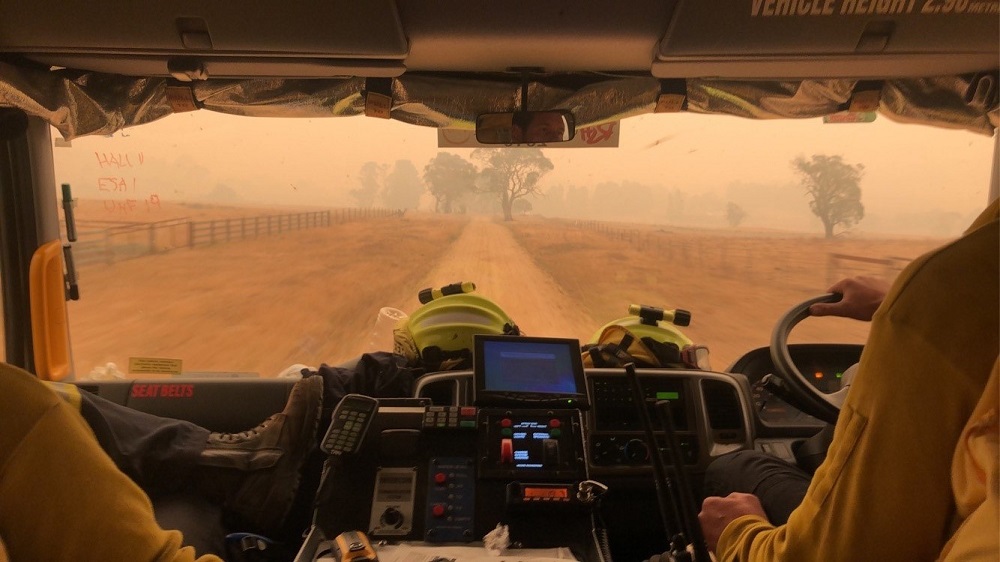
Fire fighting is just one of the many roles Allison has played in service to the community.
As a lawyer in private practice, she did extensive pro bono work, including with the Women’s Legal Centre; while a sessional academic at UC from 2013–2019, Allison worked with Clinical Assistant Professor in Law Doris Bozin, Associate Director, Medical and Counselling Vicki DePrazer, and Director of the Medical and Counselling Centre Dr Jenny Weekes to start a Health Justice clinic for Law students in 2017.
“I think in everything I do, I am just driven to try and help where I can,” she says. It’s the same drive she sees in each volunteer at the ACT RFS.
“Australia has a very strong ethos of volunteering, and across the country there are about 200,000 volunteer fire fighters,” she says. “It is about being focused on the community, and doing good where you can.
“At the ACTVBA, we are now working on a sustainable business plan to help improve the health and wellbeing of volunteers, create initiatives and provide support for them – they already give so much of themselves.”
Martin Greenwood
Director, Government Engagement and Strategic Communications
Deputy Captain, Rivers Volunteer Bushfire Brigade
What fighting a bushfire isn’t like: “Putting water on flames that are running right at you,” Martin says, though that may be the prevalent mental image most people have.
It’s actually more about creating containment lines or firebreaks, to keep the fire from spreading. Going through a burn to stop it from reigniting. And, blacking out – that’s the process of extinguishing or removing anything burning near a containment line – or trenching logs to prevent them rolling etc.
Anything to deprive a fire of fuel and make it safer.
(It’s also a waiting – and watching – game. “Like they say, ‘hurry up and wait’ – there’s a lot of time for reflection when you’re on the job,” Martin says.)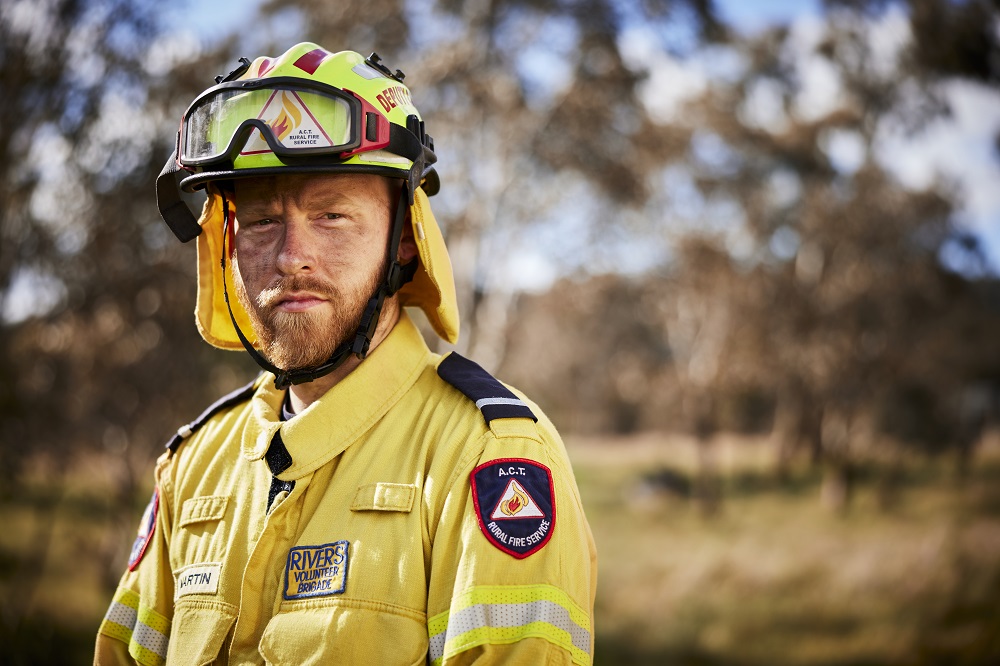
He has been a volunteer fire fighter for over 15 years now – from the time Martin was in Year 11, when his school bus passed a car crash on the Pacific Highway.
“And I realised that the girl who usually sat behind me on that same bus … was in uniform aboard the fire truck,” he says.
Seeing his friend as a volunteer fire fighter made Martin realise he could also become one – so the next time the fire captain who lived across the road came round to ask, both Martin and his father signed up.
“At 18, I went on my first five-day deployment to Armadale, and that’s where I feel I really learned to do this,” Martin says. “It was mostly working nights, and the first few were boring. But on the third night, we started putting in strategic backburns.”
“A guy handed me a drip torch, I walked for three hours straight and just burned a path – that was massive.”
Most of the fire fighting he has done since then has been in NSW, and the Black Summer was no different – until the Orroral Valley fire broke out, and fire fighting was so much closer to home.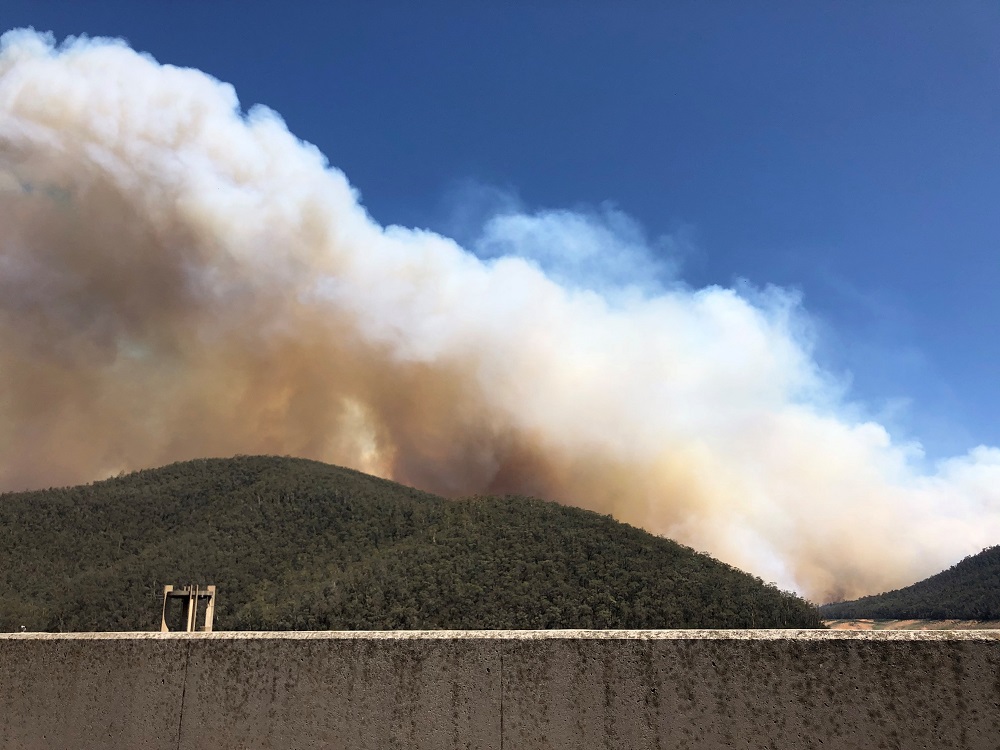
“Going into that bushfire season, we knew it was going to be bad – all the indicators were there,” Martin says. “You didn’t have to be a fire fighter to feel it, when September saw dead grass and trees struggling to put out leaves.”
“It puts you on edge. As a fire fighter, you start waiting for the call, and changing your life a bit. You give up drinking [so you’re ready to go at a moment’s notice], have the necessary conversations with your employer.”
When the calls did come, the reality of the season still surpassed expectations. Martin was out with his team almost every day, and led a strike team into the Brindabella Valley to monitor for fire.
“I had never seen that level of activity – we were deploying trucks every single day while still holding down busy full-time jobs [and study],” Martin says.
“We had a fair number of volunteers, but those who joined after 2003 [and the bushfires in Canberra] had very little experience of big fires – by the time this bushfire season was halfway over, even our newest recruits had experience with what used to be once-in-a-career-sized fires .”
The Canberra-based volunteers went out to fight fires every day – and then returned to a capital over which a pall of smoke hung for far too long.
“We needed to unpack all we had seen and experienced before we could be ok,” Martin says, and Ablaze – for which he served as part of the development team – played a huge role in that.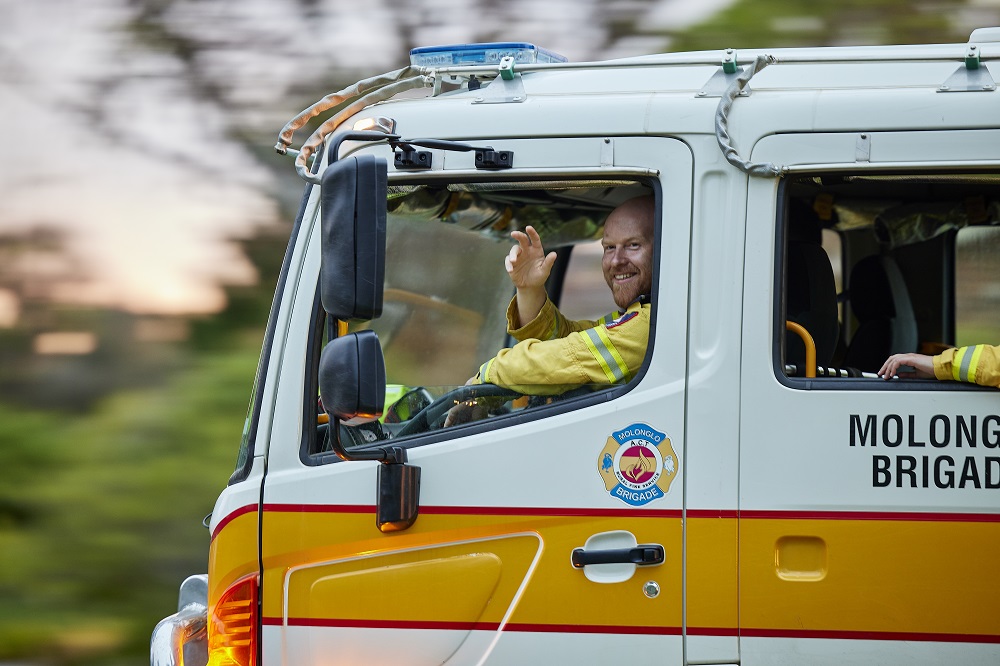
Reflecting on the intensity of the bushfire season two years ago, Martin says that the volunteers acquired a depth of experience that will be crucial heading into the future.
“We used to have a break of 10 to 15 years in between the big fires – but now the gaps between extreme events is shortening, and the intensity of these events is increasing,” he says. “We all became better fire fighters in the Black Summer – and now we need to make sure we retain the experience we gained, and lessons we learned.”
Some of these lessons include the increased emphasis on communications to communities, as well as the importance of learning one’s own limits. “There are some fires that just can’t be put out – that’s just physics,” Martin says.
Ultimately, Martin says that being a fire fighter has its challenges, but is an experience unlike any other.
“It does takes time and commitment, but I’m a fire fighter simply because I love being one – I get to do something good that I happen to really enjoy,” he says.
Katie Tabke
Bachelor of Psychology student, UC
Volunteer, ACT Rural Fire Service and NSW State Emergency Service (SES)
For Katie, fire, floods and storms are par for the course – she volunteers with both the ACT RFS and the NSW State Emergency Service (SES).
“I know it sounds extremely cliched, but I volunteer because I love helping people,” she says. “Being a fire fighter gives you a unique opportunity to help people practically, when they need it the most. And that feeling, that knowledge, is incredible.
“I’ve been fighting fires for three years now, and there are so many aspects to the role, many of which are challenging and technical. There is always something new to learn, a new skill to acquire and perfect – and I love that about it.”
She says that the relationships she has built with her crew are another huge highlight. “To be able to trust your life to a whole crew of individuals – that’s an unparalleled feeling,” she says.
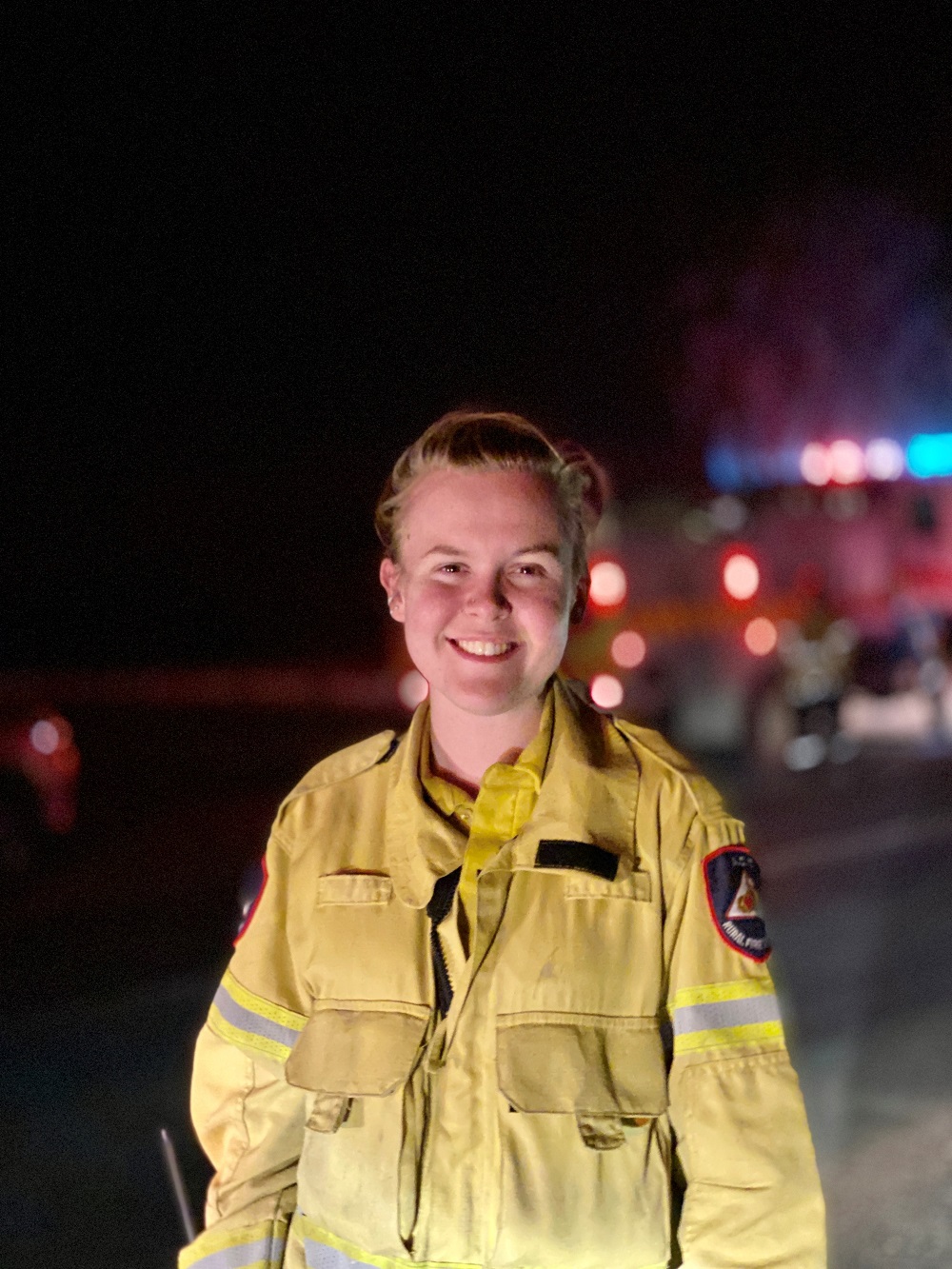 The Black Summer was Katie’s second season with the ACT RFS.
The Black Summer was Katie’s second season with the ACT RFS.
“It was an extreme learning curve,” she says. “The fire season before it had been comparatively small. I’d learned all my basic skills and was comfortable with what I thought bush fires were – then the Black Summer happened, and it turned out there was so much more to learn.”
She was right in the thick of it, at the Tallaganda forest fire near Braidwood, the Adaminaby Complex Fire in Kosciusko National Park, the Orroral Valley fire in Namadgi and in the aftermath of the Nerriga firestorm.
A myriad moments that stick in her memory, including the North Black Range fire that started in Tallaganda, that burned for just over two months.
There was daily ritual of packing, gearing up and removing that same gear – Katie remembers a “crisp line of untouched ankle where sock ended and leg began”, every other bit of skin covered in ash (Curieux, August 2021) – and walls of flame that towered over the fire trucks.
She remembers what it sounds like, the despair of people who have lost everything.
But even more than those instances, she remembers how bonded all the fire crews were when they emerged from a harrowing season – and how people showed up for the fire fighters, as much as the volunteers were there for the impacted communities.
“In the Nerriga firestorm, we were one of the first crews to show up,” Katie says. “The fire activity was so high, and I remember a lot of people lost their homes. But that very night, many of those same people were at the Nerriga Pub, preparing food for us volunteers or preparing shelter for everyone – in spite of the fact that they had lost so much.”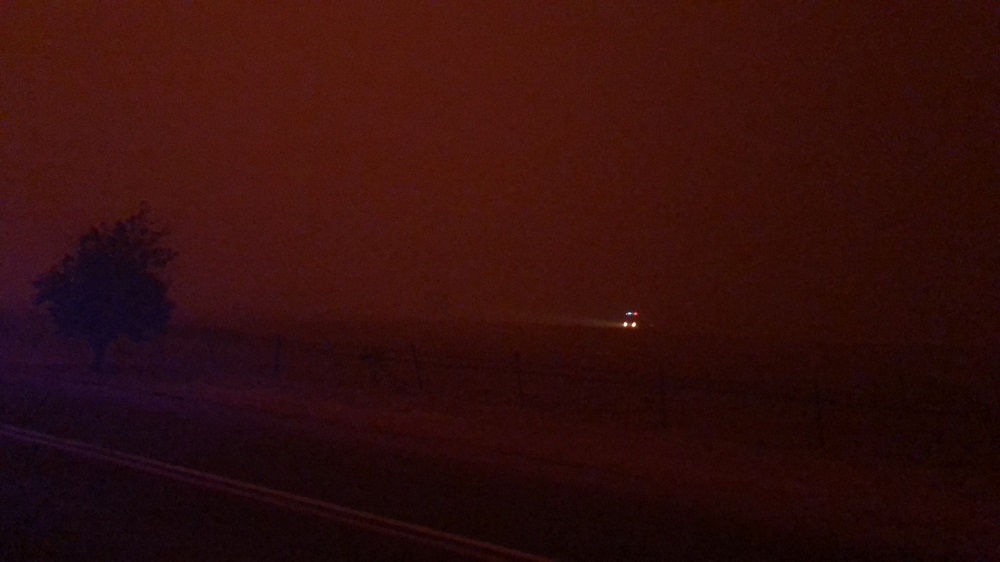
“The Country Women’s Association members showed up daily to feed us, when we were fighting the Tallaganda forest fire.”
“We were just so grateful we got to be there, to do what we could. Even in the times when we felt that we couldn’t do enough to help them, they were helping us at the same time – and that was really special.”
Use this link to order copies of Ablaze. All proceeds go to support the volunteers with the ACTBVA.
Words by Suzanne Lazaroo.
Photos of Allison and Katie, as well as Ablaze cover photo, by Gary Hooker of Guises Creek ACT RFS Brigade.
Photos of Martin courtesy of ACT Emergency Services Agency (Brenton Colley – Lightbulb)
Photos of firegrounds and surrounds by Katie Tabke.